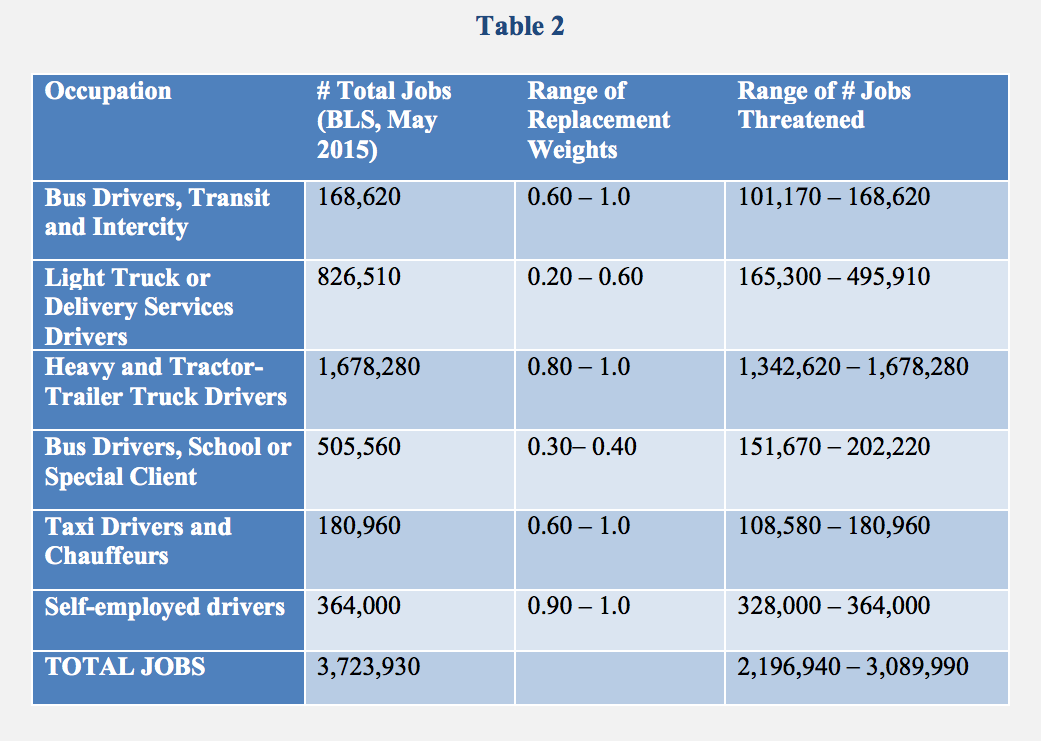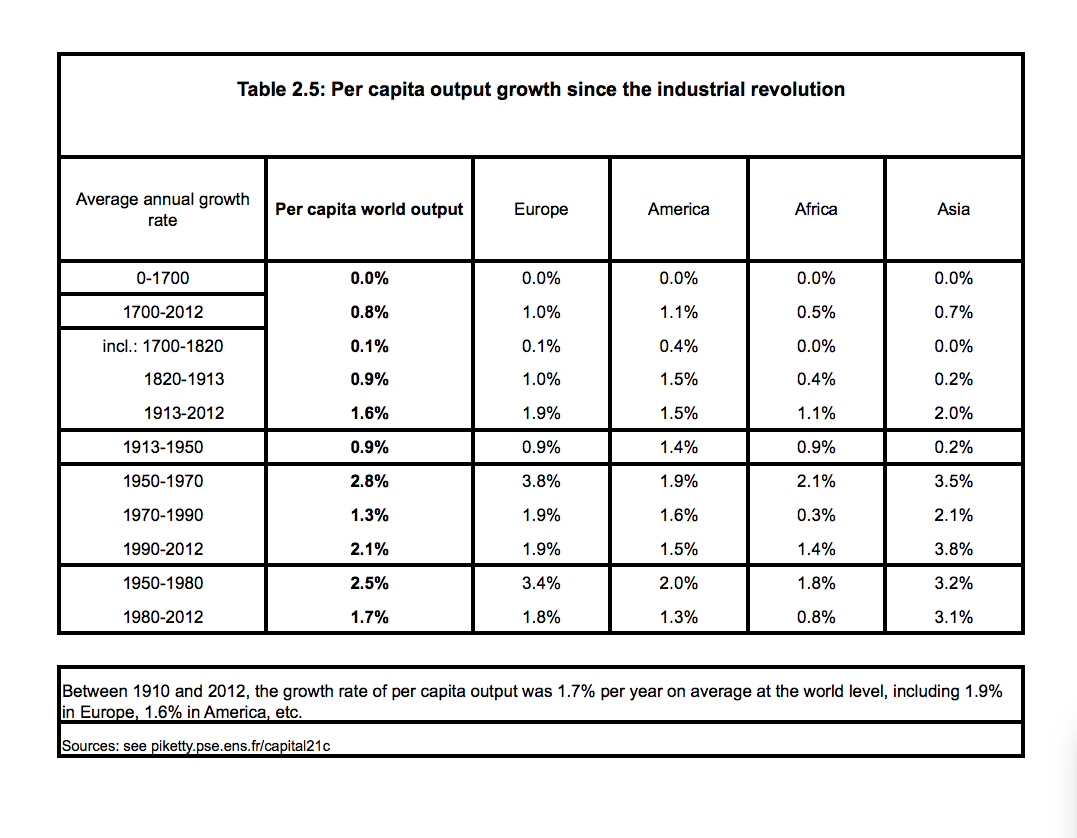The Future of Work Part 2: The View From the White House
Top advisors in the Obama Administration published a report titled Artificial Intelligence, Automation, and the Economy in December 2016, which I will call the AI Paper. It’s a statement of the views of the Council of Economic Advisers, the Domestic Policy Council, the Office of Science and Technology Policy, the National Economic Council, and the US Chief Technology Officer, combining their views into a single report. There is a brief Executive Summary which gives a decent overview of the substance of the report, followed by a section on the economics of artificial intelligence technology and a set of policy recommendations. It’s about what you’d expect from a committee, weak wording and plenty of caveats, but there are nuggets worth thinking about.
First, it would be nice to have a definition of artificial intelligence. There isn’t one in this report, but it references an earlier report; Preparing For the Future of Artificial Intelligence, which dances around the issue in several paragraphs. Most of the definitions are operational: they describe the way a particular type of AI might work. But these are all different, just as neural network machine learning is different from rules-based expert systems. So we wind up with this:
This diversity of AI problems and solutions, and the foundation of AI in human evaluation of the performance and accuracy of algorithms, makes it difficult to clearly define a bright-line distinction between what constitutes AI and what does not. For example, many techniques used to analyze large volumes of data were developed by AI researchers and are now identified as “Big Data” algorithms and systems. In some cases, opinion may shift, meaning that a problem is considered as requiring AI before it has been solved, but once a solution is well known it is considered routine data processing. Although the boundaries of AI can be uncertain and have tended to shift over time, what is important is that a core objective of AI research and applications over the years has been to automate or replicate intelligent behavior. P. 7.
That’s circular, of course. For the moment let’s use an example instead of a definition: machine translation from one language to another, as described in this New York Times Magazine article. The article sets up the problem of translation and the use of neural network machine learning to improve previous rule-based solutions. For more on neural network theory, see this online version of Deep Learning by Ian Goodfellow and Yoshua Bengio and Aaron Courville. H/T Zach. The introduction may prove helpful in understanding the basics of the technology better than the NYT magazine article. It explains the origin of the term “neural network” and the reason for its replacement by the term “deep learning”. It also introduces the meat on the skeletal metaphor of layers as used in the NYT magazine article.
The first section of theAI Paper takes up the economic impact of artificial intelligence. Generally it argues that to the extent it improves productivity it will have positive effects, because it decreases the need for human labor input for the same or higher levels of output. This kind of statement is an example of what Karl Polanyi calls labor as a fictitious commodity. The AI Paper tells us that productivity has dropped over the last decade. That’s because, they say, there has been a slowdown in capital investment, and a slowdown in technological change. Apparently to the writers, these are unconnected, but of course they are connected in several indirect ways. The writers argue that improvements in AI might help increase productivity, and thus enable workers to “negotiate for the benefits of their increased productivity, as discussed below.” P. 10.
The AI Paper then turns to a discussion of the history of technological change, beginning with the Industrial Revolution. We learn that it was good on average, but lousy for many who lost jobs. It was also lousy for those killed or maimed working at the new jobs and for those marginalized, wounded and killed by government and private armies for daring to demand fair treatment. These are presumably categorized as “market adjustments”, which, according to the AI Paper, “can prove difficult to navigate for many.” P. 12 Recent economic papers show that Wages for those affected by these market adjustments never recover, and we can blame the workers for that: “These results suggest that for many displaced workers there appears to be a deterioration in their ability either to match their current skills to, or retrain for, new, in-demand jobs.” Id.
The AI Paper then takes up some of the possible results of improvements in AI technology. Job losses among the poorest paid employees are likely to be high, and wages for those still employed will be kept low by high unemployment. Jobs requiring less education are likely to be lost, while those requiring more education are likely safer, though certainly not absolutely safe. The main example is self-driving vehicles. Here’s their chart showing the potential for driving jobs that might be lost.

That doesn’t include any knock-on job losses, like reductions in hiring at roadside restaurants or dispatchers.
It also doesn’t include the possible new jobs that AI might create. These are described on pp 18-9. Some are in AI itself, though as the NYT magazine article shows, it doesn’t seem like there will be many. Some new jobs will be created because AI increases productivity of other workers. Some are in new fields related to handling AI and robots. That doesn’t sound like jobs for high school grads. Most of the jobs have to do with replacing infrastructure to make AI work. Here’s Dave Dayen’s description of the need to rebuild all streets and highways so autonomous vehicles can work. Maybe all those displaced 45 year old truck drivers can get a job painting stripes on the new roads. There are no numerical estimates of these new jobs.
The bad news is buried in Box 2, p. 20. Unless there are major policy changes, it’s likely that most of the wealth will be distributed to the rich. And then there’s this:
In theory, AI-driven automation might involve more than temporary disruptions in labor markets and drastically reduce the need for workers. If there is no need for extensive human labor in the production process, society as a whole may need to find an alternative approach to resource allocation other than compensation for labor, requiring a fundamental shift in the way economies are organized.
That certainly opens a new range of issues.
Update: the link to the AI Paper has been updated.


